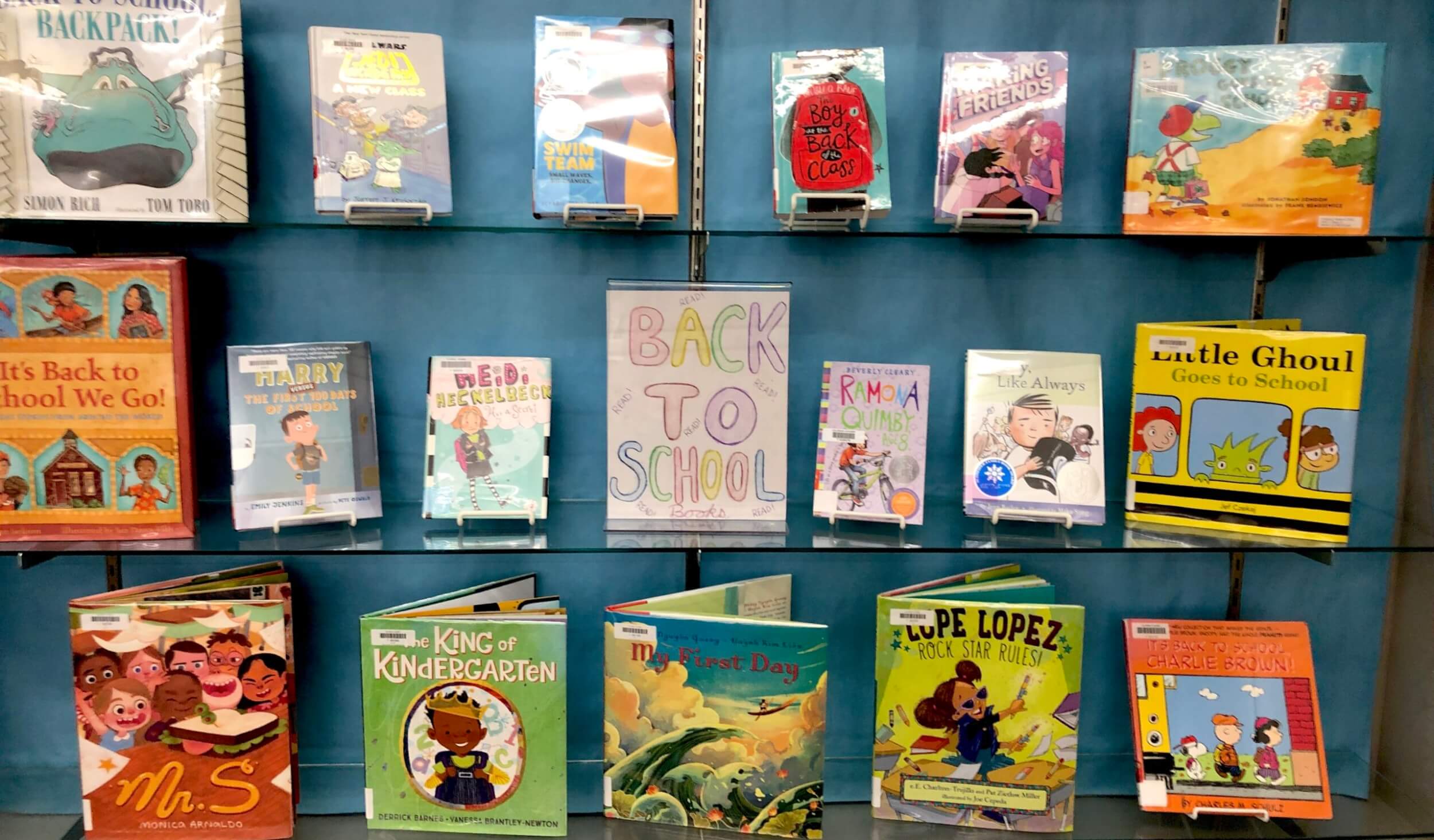As we embark on a new school year, the Library Department is enthusiastic about two goals aimed at enriching our students’ learning experiences and cultivating a lifelong passion for reading and learning.
While we will be working across all divisions to implement a model of research known as guided inquiry—an approach that sparks curiosity, deepens engagement with information, and fosters critical evaluation—today’s discussion centers on our second, equally important goal: igniting a passion for reading.
Inspired by Dan Kois’s insightful Slate article, “Not Lost in a Book,” and the evolving trends we’ve observed since the COVID-19 pandemic, we are dedicating this year to making reading a source of joy and excitement. Our plans include expanding and launching book clubs, enhancing social interactions around reading, and introducing fun reading challenges. We’ll be partnering with CA faculty to celebrate and promote reading throughout the year.
But we need your help to make this vision a reality. Caregivers, your involvement is crucial. We’ve compiled a list of practical ideas to help foster a vibrant reading culture at home. We encourage you to explore these suggestions and adapt them to suit your family’s needs.
1. Create a Reading Routine
- Set Aside Reading Time: Establish specific times each day dedicated to reading. This could be during breakfast, before bed, or after school. Consistency helps in forming a reading habit.
- Model Reading Behavior: Let your children see you reading regularly. Share your reading experiences and discuss what you’ve learned from books to show that reading is a valuable and enjoyable activity.
2. Build a Reading-Friendly Environment

- Create a Cozy Reading Nook: Designate a special area in your home as a reading corner with comfortable seating like bean bags or plush cushions. Enhance the space with vibrant, book-themed decor to make it inviting and fun.
- Explore Audiobooks: For busy families, audiobooks offer a convenient way to enjoy stories together. Listening to a book in the car or at home can be a delightful way to engage with literature while on the go.
- Limit Screen Time: Establish screen-free zones or specific times in the day to reduce digital distractions. This helps children focus more on reading. However, recognize that there are occasions when digital devices are necessary for reading, so balance is key.
3. Introduce a Variety of Reading Materials
- Seek Out Diverse Reading Options: Offer children a wide array of reading materials that vary in both format and content. Include graphic novels, fiction, non-fiction, and audiobooks to cater to different interests and preferences. Choose books that serve as both mirrors and windows, allowing children to see their own experiences reflected and to explore the lives and perspectives of others. Refresh the selection frequently to maintain excitement and engagement.
- Incorporate Their Interests: You know your child better than anyone else. Consider your child’s interests through conversation and observation. Use this information to search for and discover books that align with their passions.
4. Empower Their Choices

- Allow Book Selection: Give your children the freedom to choose their own books from a diverse home library. This encourages them to explore and enjoy reading based on their preferences, even if it means selecting books at different reading levels.
- Consider Suggestions: Create a family book suggestion box where everyone can recommend new books. Act on these suggestions to refresh your home library with titles they’re excited about. This would be a great resource for gift ideas, too!
- Make Library and Bookstore Visits a Routine: Regularly visit your local library or bookstore as a family outing. This not only gives your children access to a wider selection of books but also makes the act of choosing and exploring books a fun, shared experience. Allow them to pick out a book or two (or more!) each time, and use these trips as an opportunity to discuss their reading interests and discover new ones together.
5. Discuss and Engage with Books
- Start Conversations: Talk about the books your children are reading. Ask open-ended questions that encourage them to think deeply and make connections with the material. Books make for great dinner conversation.
- Join Reading Challenges: Participate in family reading challenges or set personal reading goals together. Celebrate achievements and milestones to build enthusiasm.
6. Support and Celebrate Their Reading Journey
- Offer Encouragement: Provide positive feedback and celebrate reading milestones, such as finishing a book or reaching a reading goal.
- Provide Support: Read the books that your children are reading. Offer help with challenging texts and discuss any difficulties they encounter to boost their confidence and comprehension.
7. Connect Reading to Real Life
- Build Background Knowledge: Discuss relevant historical or cultural contexts related to the books they read. This helps them connect the material to their existing knowledge and enhances their understanding.
- Explore Related Topics: Engage in activities, projects, or travel related to the themes of their books to make reading more relevant and interactive.
By integrating these strategies, you can create a nurturing reading environment at home that supports and encourages your child’s reading habits from Pre-K through Grade 12. If you have additional ideas or insights, we’d love to hear from you. Together, let’s create a reading environment that inspires our students to get lost in a book!
